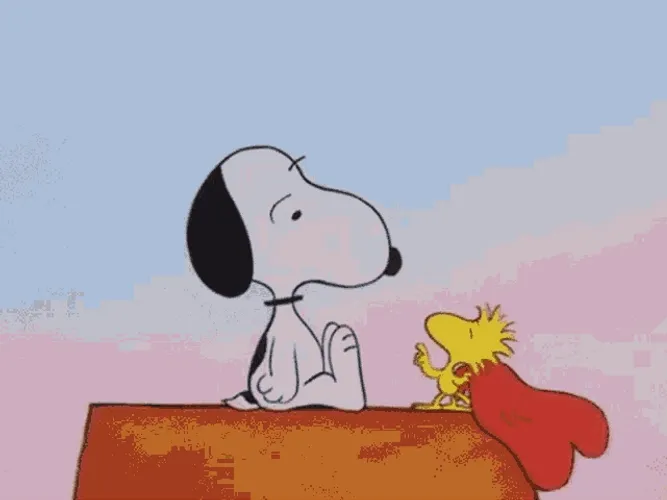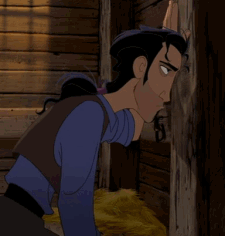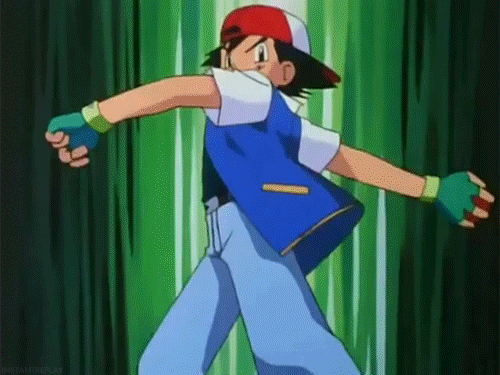So what's happened?
They've shown my stuff around and have a rough estimate for funding. They definitely like the timeline consoles, and want to get as many made as possible after the initial steps are taken so that they can use them for signage, temporary interactives, and whatever else needs a nice looking sign at any given moment in time. They're getting an architecture grad from SCAD who needs to expand his portfolio to actually go over the model and modify it if need be to actually function as intended, suggest materials for fabrication, not fall over, etc. Which is good, cause I sure as hell didn't do that.They've opened up the third room for a temporary art exhibit, but it still needs work. Whenever a gold or blue floor tile in the other part of the building got too gross to be presentable, it went in there. The ceiling tiles were neglected and are as gross as ceiling tiles neglected for ? years in an imperfect building could be. The walls could stand to be repainted. But the room is more or less ready to be adapted to whatever.
They made a deal with the Museum of Life and Science and are possibly going to be getting a redstone engine. The rest of the people who have to work with the museum are exasperated because a redstone rocket isn't easy to connect with anything else in the museum. The guy who's been curating the rocks and minerals pointed out that most museums have some sort of criteria for what they'll put in the museum and don't accept just any old random space artefact. I hope he manages to win over everyone else, and soon.... before they end up with, like, a model Skylab or something. Or Tiangong-1. Or a Death Star. Geez.
Where to begin?
The goal is to get something done and more or less finished by March, 2017. It'll probably take longer because that's how things work--the good news is (and I haven't mentioned this, because nothing is set in stone yet) that I could potentially come help on Tuesdays and Thursdays.(I'm hesitant to finalise that, because I currently have education classes scheduled then. I'm not sure if I want to take those or not. When I said I wanted to look into math... I'm iffy about the specific branch of math. As rewarding as teaching would be, I...don't know if I want to teach. Maybe I'd be good at it, but I'd also be a decent interior designer, painter, and any number of other things. Don't read too much into this, but I just don't know.)
Whether I can be there regularly or not doesn't really matter. I mean, I could still come by on Friday afternoons, I only have morning classes there. It's my problem. What matters is actually saying what is going to happen in the museum.
The third room needs some TLC before anything can happen there. Period.
The first room is the ultimate priority. It's what everyone sees, and it's a mess. The rock and mineral room isn't as exciting as it potentially could be, but it isn't bad and it's at least relatively attractive and relatively cohesive. It needs some love as well, but not as much as the other two rooms.
The first room's biggest problem is what can and can't happen relatively quickly. Recall, if you will, the suggested floorplan--which...people seem inclined to go with, at least in that room.
The timeline can't happen until the consoles are built. The satellites involve shoving a display case against the wall and moving the ATS-6 about fifteen feet. The space shuttle stuff... That's a place to start, because while it's mildly ambitious--it involves quite a lot of rearranging, potential repainting, and would really prefer to have that dividing wall. It would also force a lot of the rest of the room to comply with the new order just by virtue of needing to put displaced stuff somewhere.
It's also something solid that incorporates a lot of the really random stuff we have that definitely doesn't fit the story of PARI. Since PARI never had anything to do with the space shuttle. It might also convince people to stop acquiring space shuttle artefacts if we can say we literally do not have anywhere else to put them. AND it gets the valuable pieces off of the old foam on a table shoved against a window. Where they currently are.
Which brings us to a list of priorities:
- Get room 3 fit for exhibition habitation. Redoing anything else is going to involve closing off areas (as best as possible) while they're a work in progress, so there needs to be a place to put things that can still go on display but are temporarily homeless. Also Room 3 is mildly gross.
- Sort the logistics involved with the space shuttle section and prepare to begin that part. I think this involves someone looking into what would be involved with that dividing wall, which would really help the gallery, even if it's just spandex with graphics stretched over a frame, as suggested at the USSRC. From me, this means going through my list of artefacts, updating the catalogue as best I know, and compiling a list of exactly what could or would go in that area.
- With any funding left over, get as many of those timeline consoles constructed as possible to serve as multipurpose displays. Immediately, they could show powerpoints, but I think there's talk of getting an intern next summer to actually come up with a suitable interactive bespoke program to run on them. Tim also asked if I could come up with a squat variant to sit in front of display cases.

Think less "computer terminal" more "desk".
That involves checking school resources for sketchup pro, looking up ADA regulations to see what dimensions I need to make things accessible--because wheelchairs do come into PARI, and those people ought to be able to get as much from the gallery as anyone else--and generally coming up with something similar-but-different. Then to find out how to actually get that file out... Well. Cross that bridge later.
Another important (or at least amusing) note on color schemes.
I presented three possible color schemes for the gallery at the suggestion of the USSRC guy I talked to, on the grounds that if you give administration some choices about what goes in the gallery, they're less likely to mess up everything else you've done. I don't know whether they would've or not, or whether it would've been a big deal, but the important part is that it meant deciding on a color scheme took ten minutes since they only considered the three I offered before deciding on the one from the Space Shuttle program patch:
Dark blue, light blue, gold, and gray--with, potentially, a dark red or burnt orange to serve as an accent colour where need be. Goes with the floor and what are apparently "Pari colours" (the dark and light blues), it's definitely NASA approved (which apparently matters and was a frustration when redoing the mineral gallery--it doesn't look NASA enough, probably because it's a room full of ROCKS), and it's decently inoffensive.
About that gold, tho...
So... apparently, while they're redoing room 3, there's the option to get an area rug like in room 2. Or, the guy who they worked with to get that area rug also gave an estimate for recarpeting (taking the tiles into consideration). And it was lower than expected and could work into the budget.
In other words, some of the gold could be replaced! Which is mindblowing. If you were to replace it with grey...
Tim suggested painting the ceiling gold instead, just to feel at home. Or, alternately, to confuse any staffer that went in.
































